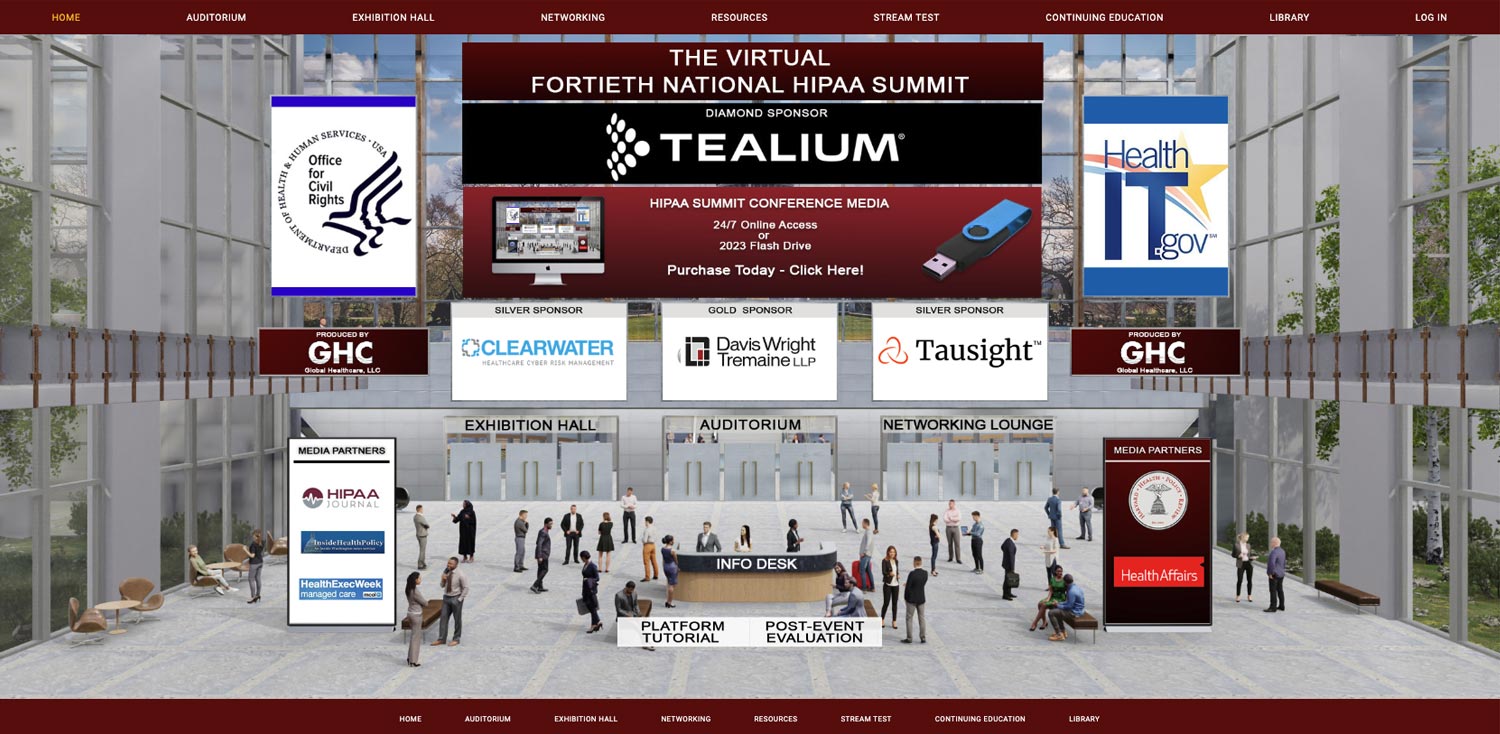## Goodbye Paper Trails, Hello Digital Doctors: Health IT is Changing Medicine as We Know It Remember the days of bulky patient files, frantic searches for lost forms, and scribbled notes that only a doctor could decipher? Well, those days might be fading faster than your last attempt at a New Year’s resolution. The healthcare industry is undergoing a seismic shift, powered by the relentless march of technology. We’re talking a revolution in medical records, where data streams effortlessly, diagnoses become more precise, and patient care takes center stage. Buckle up, because Gizmoposts24 is taking you on a deep dive into the world of Health Information Technology (HIT) and how it’s rewriting the future of medicine.
Health Information Technology and Patient Empowerment

Health Information Technology (HIT) has transformed the way patients interact with their medical records and overall healthcare experience. The advent of Electronic Health Records (EHRs) has not only streamlined the documentation process for healthcare providers but also given patients unprecedented access to their own health information. This access empowers patients to take a more active role in their healthcare, leading to better health outcomes and a more engaged patient population.

Patient Access to Medical Records and Information
One of the most significant aspects of HIT is its ability to provide patients with secure and easy access to their medical records. Platforms like patient portals and mobile health apps allow individuals to view their test results, treatment plans, and even communicate with their healthcare providers. According to a study published in Health Affairs, patients who actively use their patient portal tend to have better health outcomes and more satisfaction with their care.
For instance, the Patient Privacy Rights organization has been advocating for patient access to their health information through the HIPAA Right of Access rule, which mandates that providers must provide patients with access to their medical records within a reasonable timeframe and at a reasonable cost. This not only enhances transparency but also builds trust between patients and healthcare providers.

Using Health IT to Improve Patient Engagement and Outcomes
The integration of health IT into healthcare delivery has shown remarkable improvements in patient engagement and outcomes. Tools like telemedicine, remote patient monitoring, and personalized health apps enable continuous care and real-time health management. For example, MyHealthFinder, provided by the U.S. Department of Health and Human Services, offers personalized health recommendations and information based on an individual’s age, gender, and other health conditions.
Moreover, the use of predictive analytics in HIT can identify high-risk patients and provide early interventions to prevent complications. A study by the Office of the National Coordinator for Health IT (ONC) found that patients who engaged with their healthcare providers through telehealth services had 20% lower hospital admission rates and 25% fewer emergency department visits. These statistics underscore the transformative impact of HIT on patient engagement and healthcare outcomes.
The Future of Patient-Centered Health Information Technology
As health IT continues to evolve, the future of patient-centered care looks promising. Innovations such as blockchain technology and artificial intelligence (AI) are poised to revolutionize how patient data is managed, shared, and analyzed. Blockchain technology, for instance, could enhance the security and interoperability of health records, allowing seamless sharing of information between different healthcare providers without compromising patient privacy.
AI and machine learning are also playing a pivotal role in improving patient care by enabling more accurate diagnoses and personalized treatment plans. For example, advanced algorithms can analyze large datasets to identify patterns and predict potential health risks, thus allowing for proactive healthcare measures.
Health Information Technology Policy and Regulation
The landscape of health IT is heavily influenced by regulatory frameworks designed to protect patient data and ensure the integrity of health information systems. In the United States, the Health Insurance Portability and Accountability Act (HIPAA), enacted in 1996, sets the foundational standards for protecting patient data privacy and security. Subsequent regulations, such as the Health Information Technology for Economic and Clinical Health (HITECH) Act of 2009, further reinforced these protections and mandated the adoption of EHRs by healthcare providers to ensure interoperability and data exchange.
Overview of Current Laws and Regulations
Current laws and regulations surrounding health IT are extensive and multifaceted. Beyond HIPAA and HITECH, the 21st Century Cures Act of 2016 introduced new requirements for interoperability, aiming to ensure that health data can be easily shared among different healthcare providers and systems. The ONC’s Interoperability and Common Agreement for Health Information Technology, also known as the Cures Act Final Rule, has been pivotal in enforcing these standards and has set the stage for future interoperability efforts.
From an international perspective, the General Data Protection Regulation (GDPR) in the European Union has set a stringent standard for data protection and privacy rights, influencing global practices and prompting enhanced privacy protections in the U.S. and other regions.
The Role of Government Agencies in Shaping Health IT Policy
The federal government plays a critical role in shaping health IT policy through various agencies such as the Office for Civil Rights (OCR) within the U.S. Department of Health and Human Services (HHS), which enforces HIPAA and HITECH regulations. The ONC, also part of HHS, works on promoting the adoption and use of health IT and ensuring the privacy and security of health data. Additionally, the Centers for Medicare & Medicaid Services (CMS) has implemented numerous policies to encourage the use of EHRs and digital health technologies to improve care quality and reduce costs.
These agencies collaborate to ensure that health IT policies not only protect patient privacy but also enhance the quality of care and encourage innovation in the healthcare sector. For instance, the OCR has launched several initiatives aimed at improving compliance with HIPAA, such as the Health Information Privacy and Security Initiative (HIPS), which supports healthcare providers in maintaining regulatory compliance and enhancing patient trust.
Implications of Health IT Regulations on Healthcare Providers and Patients
The implications of health IT regulations are profound and multifaceted, affecting both healthcare providers and patients. For providers, compliance with regulations like HIPAA and HITECH can be complex and resource-intensive, requiring significant investments in technology and staff training. Despite these challenges, the long-term benefits include improved patient care, more efficient operations, and reduced legal liabilities. On the patient side, these regulations ensure that their health information is protected from unauthorized access and misuse, fostering a trusted relationship with their healthcare providers.
However, there is ongoing debate about the balance between privacy and the need for data sharing to improve care. Organizations like Patient Privacy Rights advocate for policies that enhance patient control over their own data while ensuring that data remains accessible to healthcare professionals when necessary. This balance is crucial for the effective use of health IT to drive better health outcomes.
The Future of Health Information Technology
The future of health IT is poised to be a game-changer, driven by emerging trends and innovations that promise to transform healthcare systems and improve patient outcomes. As technology advances, so does the potential for integrating sophisticated tools that can refine the quality of care, enhance patient engagement, and streamline healthcare operations.
Emerging Trends and Innovations in Health IT
Several emerging trends are set to shape the future of health IT. Wearable technology, such as smartwatches and fitness trackers, is already being used to monitor vital signs and physical activity, providing real-time data to healthcare providers. The integration of IoT (Internet of Things) devices in healthcare settings can enable continuous monitoring of patients and alert healthcare professionals to potential health issues or emergencies.
Another trend is the rise of telemedicine and virtual care, which has seen a significant increase in adoption, particularly in rural and underserved areas. Telemedicine reduces barriers to care, increases patient access to specialists, and provides more convenient healthcare services.
Potential Applications of Artificial Intelligence and Machine Learning
Artificial intelligence (AI) and machine learning (ML) present vast opportunities for enhancing healthcare delivery and outcomes. AI can be used to analyze large datasets to identify patterns and make predictions, thereby enabling personalized medicine. For example, AI algorithms can predict patient deterioration, allowing for timely interventions and improving patient safety.
Machine learning applications in diagnostics are also advancing rapidly. Machine learning tools can assist in diagnosing conditions such as cancer, diabetic retinopathy, and cardiovascular diseases by analyzing medical images and other health data more accurately and quickly than traditional methods. The use of AI and ML in these applications not only improves diagnostic precision but also reduces the burden on healthcare providers, allowing them to focus on more complex and critical patient needs.
The Potential for Health IT to Transform Healthcare Systems and Improve Outcomes
The potential for health IT to transform healthcare systems is immense. By leveraging advanced technologies, healthcare systems can become more efficient, patient-centric, and effective. For instance, advanced analytics can help in predicting patient flow and resource allocation, reducing wait times and operational costs.
Furthermore, the integration of health IT with other digital health technologies, such as genomics and personalized medicine, could lead to more tailored and effective treatment plans. This personalized approach can lead to better health outcomes and a more efficient use of healthcare resources.
Experts predict that the convergence of these technologies will lead to a more connected and efficient healthcare ecosystem. The seamless exchange of health information, driven by interoperable systems and secure platforms, will facilitate better communication between patients and providers, enhancing the overall quality of care.
Conclusion
As we conclude our exploration of the revolutionary impact of Health Information Technology (HIT) on medical records, it’s clear that the future of healthcare is poised for a seismic shift. We’ve delved into the game-changing advancements in Electronic Health Records (EHRs), Telemedicine platforms, and Predictive Analytics, which are transforming the way medical professionals store, access, and utilize patient data. By streamlining clinical workflows, enhancing patient engagement, and fostering data-driven decision-making, HIT is poised to revolutionize the entire healthcare ecosystem.
The significance of this revolution cannot be overstated. As HIT continues to evolve, it will not only improve patient outcomes but also reduce healthcare costs, enhance interoperability, and alleviate administrative burdens. With the potential to integrate AI-driven insights, genomics, and personalized medicine, HIT will empower healthcare professionals to provide more precise, effective, and compassionate care. Furthermore, the adoption of HIT will create new opportunities for researchers, policymakers, and innovators to tackle some of the most pressing healthcare challenges of our time.
As we look to the future, it’s clear that HIT will continue to shape the healthcare landscape in profound ways. With the rise of 5G networks, IoT devices, and cloud computing, we can expect HIT to become even more seamless, secure, and intuitive. As we venture into this brave new world, one thing is certain: the future of healthcare is not just digital – it’s data-driven, AI-fueled, and patient-centric. And as we embark on this transformative journey, one question echoes through the halls of innovation: what will be the next breakthrough in HIT, and how will it change the face of healthcare forever?



Add Comment